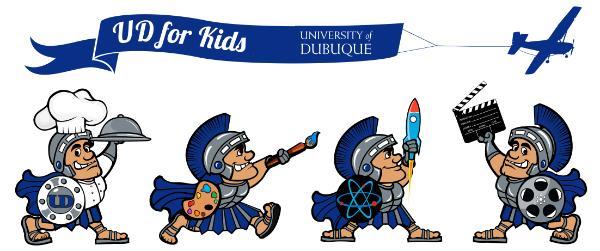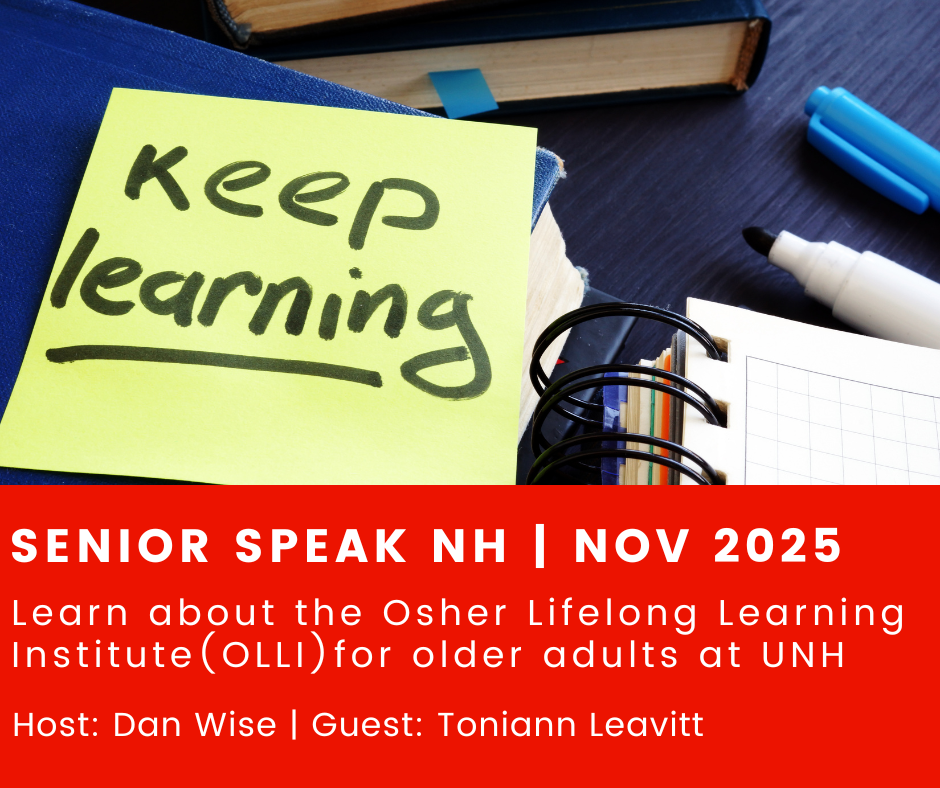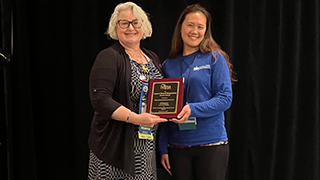Summer fun with reading – University of Delaware

Report on Early Childhood Literacy Initiatives and Alignment with Sustainable Development Goals
Introduction: Addressing Educational Disparities and the “Summer Slide”
A significant challenge in education is the regression of academic skills during summer breaks, a phenomenon known as the “summer slide.” This learning loss disproportionately affects children from under-resourced families, exacerbating educational disparities. Addressing this issue is critical for achieving Sustainable Development Goal 10 (Reduced Inequalities). Initiatives focused on fostering early literacy and providing accessible learning opportunities are fundamental to ensuring equitable and quality education for all, directly supporting Sustainable Development Goal 4 (Quality Education).
Foundational Strategies for Early Literacy and Lifelong Learning
The primary objective in early childhood education is to cultivate competent, lifelong readers. This goal is a cornerstone of SDG 4, Target 4.6, which aims to ensure all youth and a substantial proportion of adults achieve literacy. According to Rebecca Joella, a professional development coordinator at the Delaware Institute for Excellence in Early Childhood, the key strategies include:
- Fostering a Love of Reading: Exposing children to books and reading from a very young age helps develop an enjoyment of reading that can last into adulthood.
- Shared Reading Experiences: Engaging children with books that chronicle relatable and fun activities encourages repeated reading and skill development.
- Recommended Early Reading Materials:
- Summer by Alice Low
- Beach Day by Karen Roosa
- Summer Is by Barbara Pinke
- Pete the Cat: Pete at the Beach by Micheal Bond
Innovative Interventions to Promote Equitable and Inclusive Education
To combat the “summer slide” and reduce educational inequality, innovative projects have been developed to make learning accessible to all children, regardless of their socioeconomic background. These initiatives exemplify the principles of several Sustainable Development Goals.
Project Initiative 1: Playful Learning Landscapes
This project transforms common urban spaces into centers for playful learning, directly contributing to multiple SDGs.
- Objective: To embed learning opportunities for literacy, STEM, and spatial skills into everyday environments like parks and bus stops.
- SDG Alignment:
- SDG 11 (Sustainable Cities and Communities): By repurposing public areas into safe, inclusive, and educational spaces, this project enhances the urban environment for child development.
- SDG 4 (Quality Education): It provides informal, accessible educational experiences that supplement formal schooling.
- SDG 10 (Reduced Inequalities): The project offers free learning opportunities, helping to close the academic development gap between children from different economic backgrounds.
Project Initiative 2: Stories with Clever Hedgehog
This digital project provides free educational resources to children globally, with a special focus on those in vulnerable situations.
- Objective: To offer free, interactive e-books and activities to children and their families, promoting literacy and learning.
- SDG Alignment:
- SDG 16 (Peace, Justice and Strong Institutions): The project was initially created to support Ukrainian families displaced by war, providing crucial educational and developmental support to children affected by conflict.
- SDG 4 (Quality Education): It directly supports Target 4.5 by ensuring equal access to education for children in vulnerable situations. The resources are available in both Ukrainian and English, expanding their global reach.
- SDG 10 (Reduced Inequalities): By being a free and open resource, the project removes economic barriers to quality educational materials, promoting inclusion for all children.
Analysis of Sustainable Development Goals in the Article
1. Which SDGs are addressed or connected to the issues highlighted in the article?
The article addresses issues related to the following Sustainable Development Goals (SDGs):
-
SDG 4: Quality Education
The core theme of the article is education, specifically focusing on fostering “early literacy skills” to help children become “competent, lifelong readers.” It discusses the importance of exposing children to books “at a very young age” and developing “literacy, STEM and spatial skills.”
-
SDG 10: Reduced Inequalities
The article explicitly highlights educational disparities, stating that “Children from under-resourced families experience a far more profound drop in their academic development than those from middle class families.” Initiatives like “Playful Learning Landscapes” and the free e-book project are designed to be “accessible to all families” to bridge this gap, including supporting vulnerable populations like “Ukrainian families displaced by the war.”
-
SDG 11: Sustainable Cities and Communities
The “Playful Learning Landscapes” initiative is directly connected to this goal. The project’s method is to “transform everyday urban spaces into playful learning centers for children,” such as morphing “a bus stop into a playful learning plaza.” This improves public spaces and makes them more inclusive and beneficial for community development.
2. What specific targets under those SDGs can be identified based on the article’s content?
Based on the article’s content, the following specific SDG targets can be identified:
-
Target 4.2: By 2030, ensure that all girls and boys have access to quality early childhood development, care and pre-primary education so that they are ready for primary education.
The article’s emphasis on fostering “early literacy skills” and exposing children to reading “at a very young age” directly supports this target, aiming to prepare children for future learning.
-
Target 10.2: By 2030, empower and promote the social, economic and political inclusion of all, irrespective of age, sex, disability, race, ethnicity, origin, religion or economic or other status.
The initiatives described aim to counteract the “summer slide” that disproportionately affects children from “under-resourced families.” By creating free and accessible resources like the “Stories with Clever Hedgehog” e-books and transforming public spaces for learning, the projects promote the educational inclusion of all children, regardless of their family’s economic status.
-
Target 11.7: By 2030, provide universal access to safe, inclusive and accessible, green and public spaces, in particular for women and children, older persons and persons with disabilities.
The “Playful Learning Landscapes” project, which has “transformed a park” and “morphed a bus stop into a playful learning plaza,” is a direct implementation of this target. It repurposes public spaces to make them accessible and beneficial for children’s learning and development.
3. Are there any indicators mentioned or implied in the article that can be used to measure progress towards the identified targets?
The article implies several indicators that can be used to measure progress:
-
For Target 4.2:
- An implied indicator is the rate at which children develop “early literacy skills” and a “love of reading.”
- Progress for the “Stories with Clever Hedgehog” project can be measured by the number of children and families accessing the “free, interactive e-books and activities.”
-
For Target 10.2:
- A key indicator is the reduction in the educational gap, or “summer slide,” between children from “under-resourced families” and “middle class families.”
- The accessibility and use of the described initiatives can be measured by the number of children and families from diverse socioeconomic backgrounds participating in the Playful Learning Landscapes or using the e-book resources.
-
For Target 11.7:
- A direct indicator is the number of “everyday urban spaces” (such as parks, bus stops, and museums) that are transformed into “playful learning centers.” The article mentions a park, a bus stop, and a museum as examples of successful transformations.
4. Table of SDGs, Targets, and Indicators
| SDGs | Targets | Indicators |
|---|---|---|
| SDG 4: Quality Education | 4.2 Ensure access to quality early childhood development and pre-primary education. |
|
| SDG 10: Reduced Inequalities | 10.2 Promote the social, economic, and political inclusion of all. |
|
| SDG 11: Sustainable Cities and Communities | 11.7 Provide universal access to safe, inclusive, and accessible public spaces. |
|
Source: udel.edu

What is Your Reaction?
 Like
0
Like
0
 Dislike
0
Dislike
0
 Love
0
Love
0
 Funny
0
Funny
0
 Angry
0
Angry
0
 Sad
0
Sad
0
 Wow
0
Wow
0



























;Resize=805#)




















































